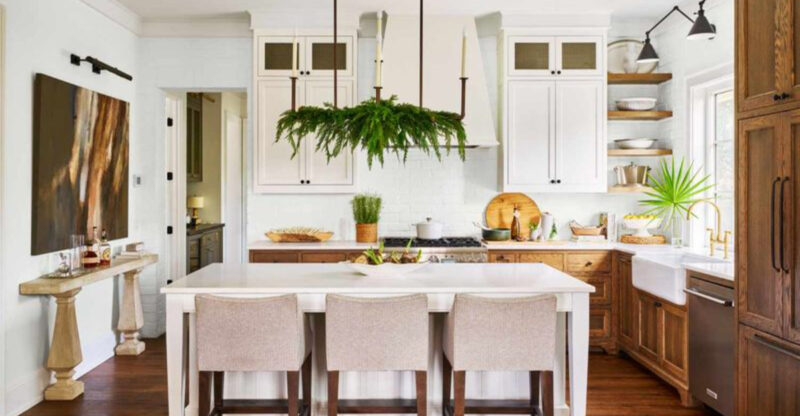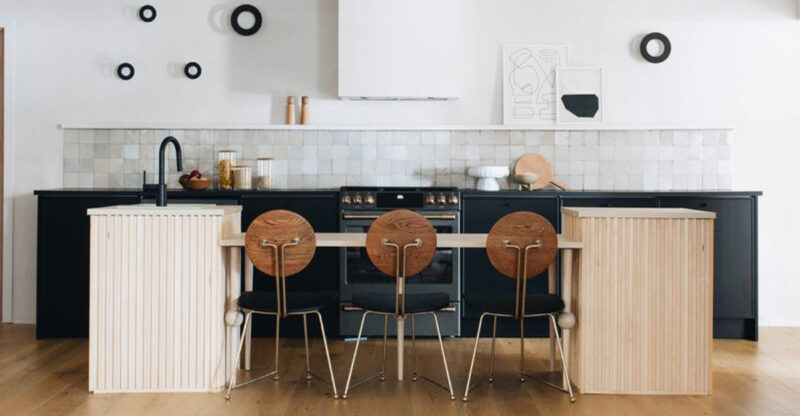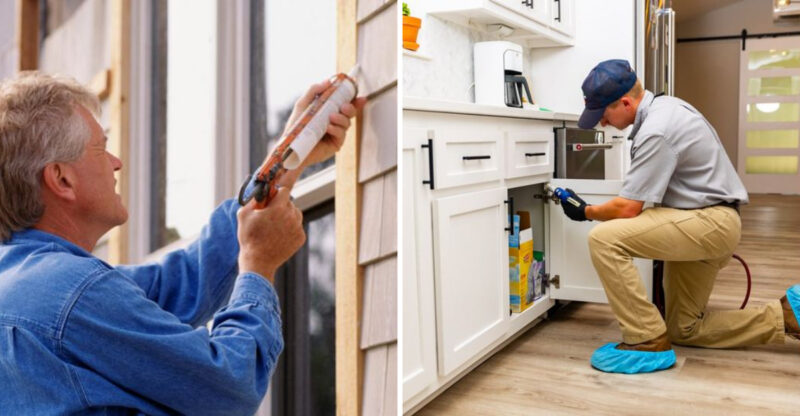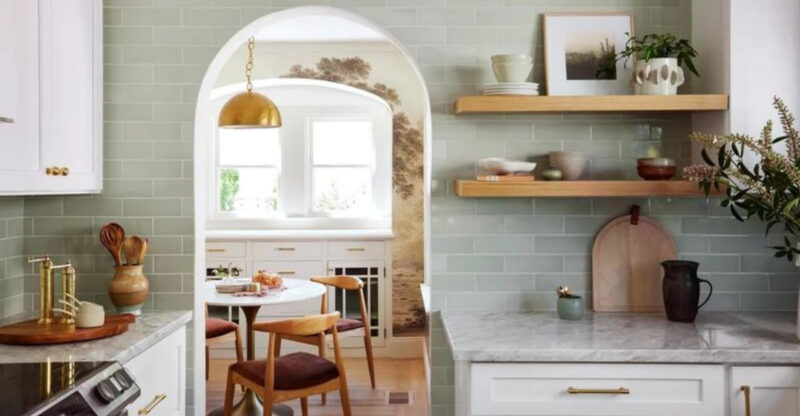18 Reasons You Should Or Shouldn’t Make Major Upgrades Before You Sell Your House According To Real Estate Agents
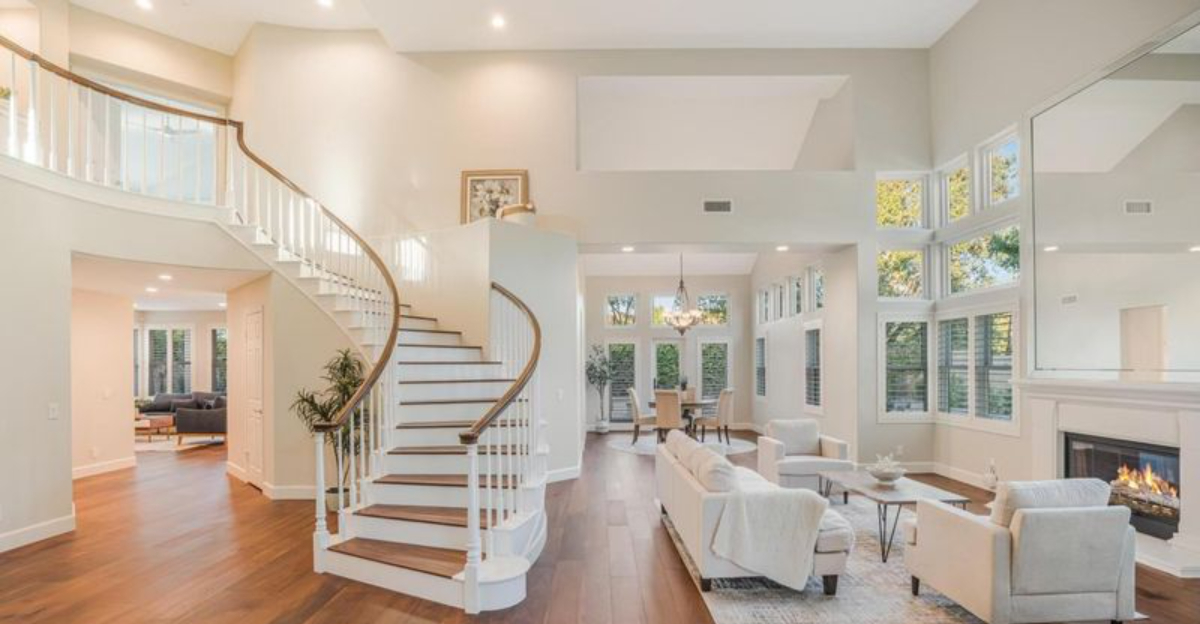
Thinking of upgrading your home before you sell? Well, buckle up! Deciding whether to splurge on a new kitchen, add a fresh coat of paint, or toss in some trendy decor can feel like navigating a maze.
Do you go all-in and hope for a return on investment? Or just leave it as-is and let the buyers imagine their dream space? Before you break out the tools or swipe that credit card, I’ve got the inside scoop from real estate agents on whether these major upgrades are worth the hype, or just a pricey pitfall.
Spoiler alert, some “must-dos” could actually cost you more than they’re worth! How about we jump into the nitty-gritty of home selling and the surprises that await?
1. Kitchen Renovations Often Pay Off
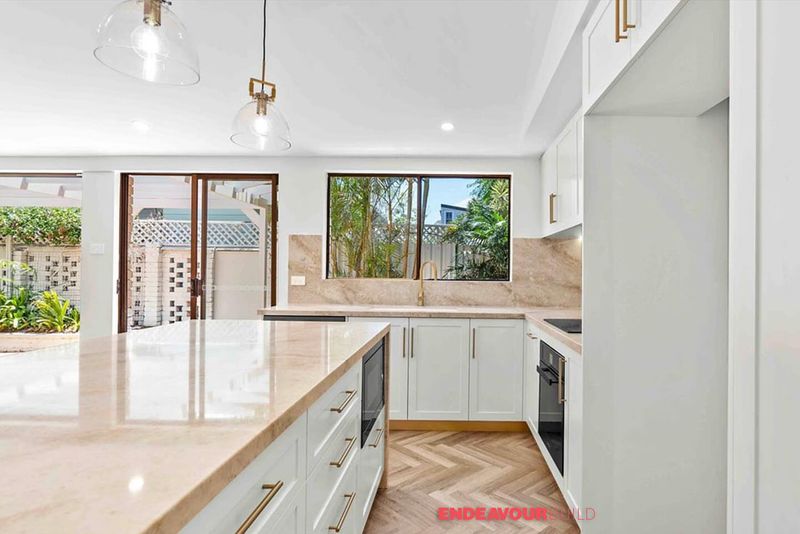
Kitchens sell houses, and that’s a fact! A modern, functional kitchen can dramatically increase your home’s appeal and value.
Most real estate agents agree that kitchen upgrades typically return 70-80% of their cost at sale time. Buyers often make decisions based on kitchens because they’re the heart of the home.
Simple upgrades like new countertops, cabinet hardware, or energy-efficient appliances can make a huge difference without breaking the bank.
2. Bathroom Updates Create Instant Appeal
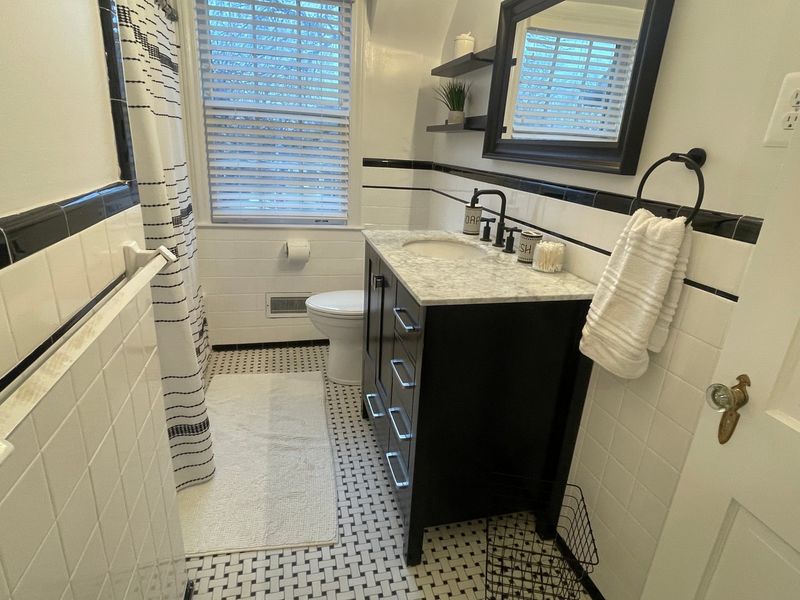
Grimy, outdated bathrooms can send buyers running for the hills. Even minor bathroom refreshes like new fixtures, updated lighting, or fresh caulking around the tub can transform the space.
Many agents recommend focusing on master bathrooms first, as they’re major selling points.
Replacing old vanities and adding frameless shower doors can instantly elevate the look of your bathroom. Meanwhile, installing water-efficient toilets is a smart move that appeals to eco-conscious buyers.
3. Fresh Paint Provides The Biggest Bang For Your Buck
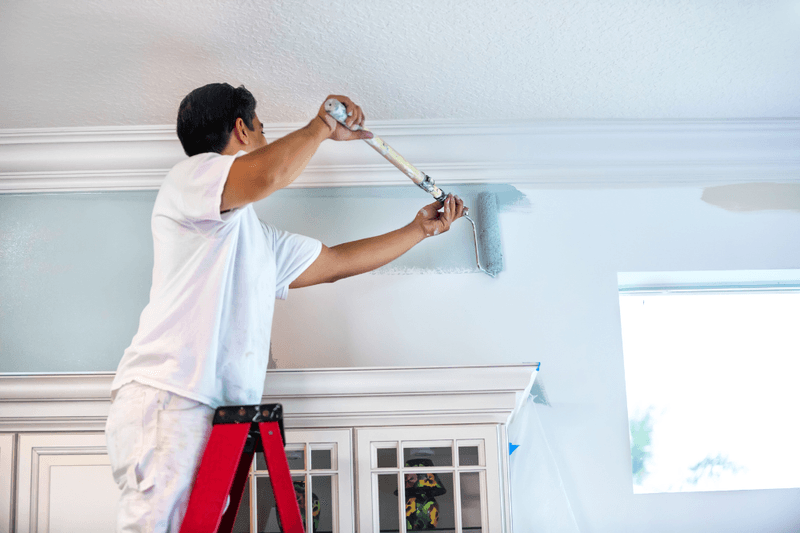
Nothing transforms a space faster or more affordably than fresh paint! Real estate pros consistently rank painting as the top pre-sale improvement with nearly 100% return on investment.
Stick with neutral colors like soft grays, warm beiges, or crisp whites that appeal to the widest range of buyers. That bold purple bedroom might have been your jam, but it could limit your buyer pool and potentially lower offers.
4. Major Landscaping Projects Rarely Recoup Costs
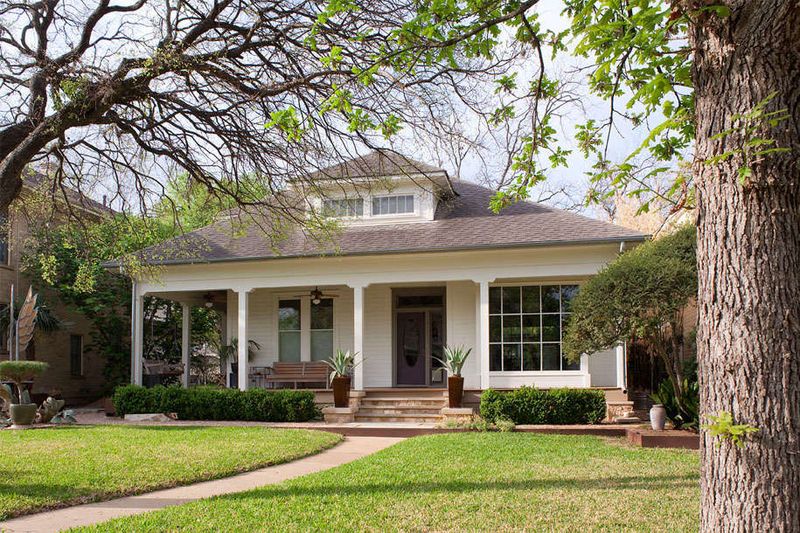
Thinking of installing a custom water feature before you sell? Think again!
While curb appeal is key, fancy landscaping projects like koi ponds or intricate gardens usually don’t pay off. Instead, focus on sprucing up what you’ve already got, trim those overgrown bushes, throw down some fresh mulch, and make your lawn look like it’s on a spa retreat.
Trust me, a well-maintained yard speaks volumes without draining your wallet!
5. Replacing The Roof Can Seal The Deal
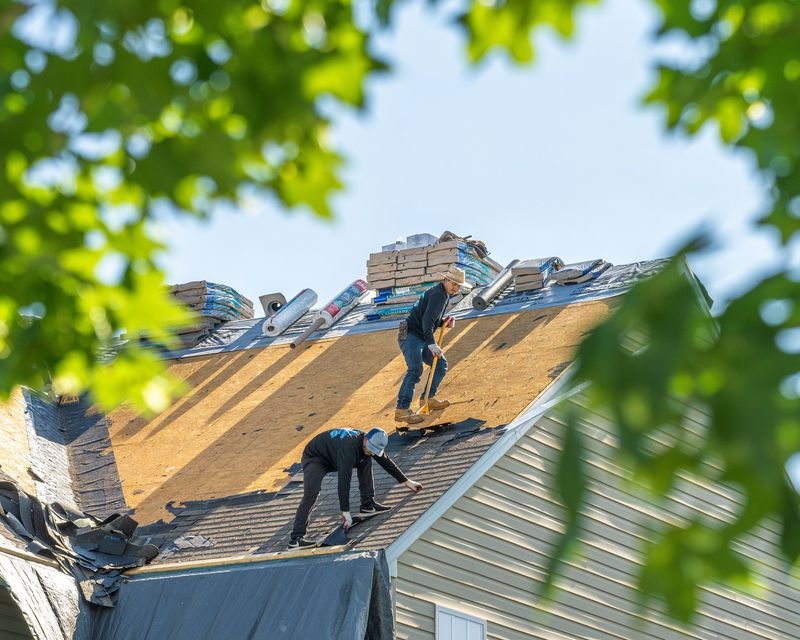
A leaky or visibly damaged roof sends serious red flags to potential buyers and home inspectors. If your roof is clearly past its prime, replacing it before listing might be unavoidable.
Many buyers will demand a significant price reduction or walk away entirely when faced with a roof replacement. While expensive, a new roof provides peace of mind to buyers and removes a major negotiation hurdle.
Plus, you’ll likely recoup 60-70% of the cost in your selling price.
6. Luxury Upgrades In Modest Neighborhoods Backfire

Adding high-end finishes in a neighborhood where they’re uncommon can actually hurt your return on investment! Real estate agents call this “overimproving” and warn against it constantly.
If most homes in your area sell for $250,000, installing a $50,000 kitchen with commercial-grade appliances won’t necessarily boost your sale price proportionally.
Smart sellers research comparable homes in their neighborhood and make upgrades that align with local expectations and price points.
7. Energy Efficiency Improvements Attract Eco-Conscious Buyers
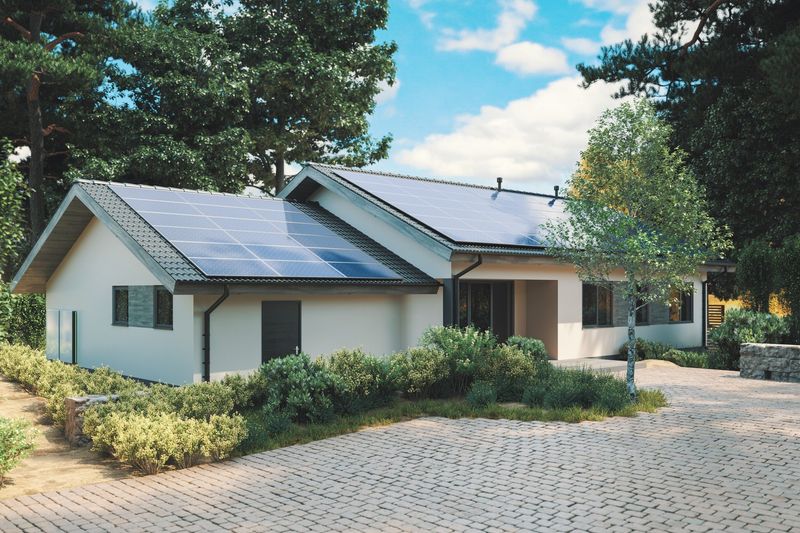
Thinking of going green to give your home an edge? You’re on the right track!
Energy-efficient windows, smart thermostats, and solar panels aren’t just great for the environment. They’re also a magnet for buyers looking to save on their utility bills.
Imagine this, you can sell your home with the allure of lower energy costs and eco-conscious living. Just make sure to highlight these upgrades in your listing to attract buyers who love a good deal on their energy bills.
And here’s a pro tip, get an energy efficiency certification. It’s like a stamp of approval that lets buyers know they’re getting the best of the green world. And you can price it accordingly!
8. Fixing Structural Issues Is Non-Negotiable
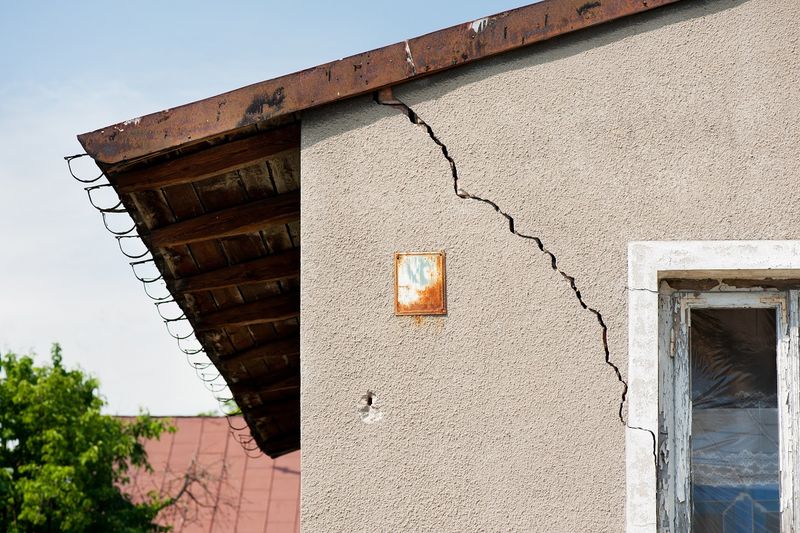
Foundation problems, electrical issues, or plumbing disasters aren’t optional fixes. These fundamental problems will be discovered during inspections and can tank your sale or lead to massive price reductions.
Addressing structural issues before listing gives you control over contractors and costs. Waiting until a buyer’s inspection often means rushed repairs, higher prices, or deals falling through entirely.
Most agents strongly advise handling these non-cosmetic problems before putting your home on the market.
9. Pool Additions Almost Never Return Their Investment
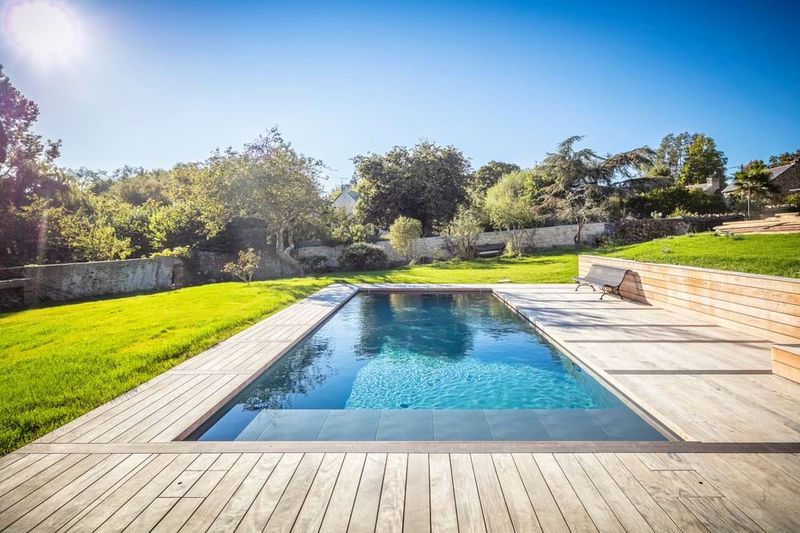
Thinking about adding a pool before selling? Many experts will tell you to dive into different waters!
Pools typically return only 40-50% of their installation cost and can actually deter buyers concerned about maintenance or safety. If you already have a pool, focus on making it look well-maintained rather than upgrading it.
In most markets (except perhaps luxury homes in perpetually warm climates), pools are considered a personal preference item rather than a value-adding necessity.
10. Converting Garages To Living Spaces Can Backfire
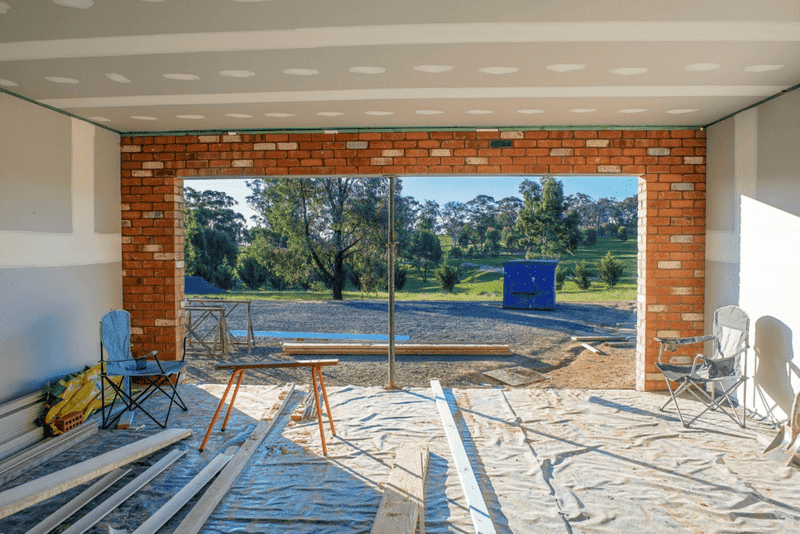
That garage-turned-home-gym might seem like added square footage, but many buyers specifically want garage space for parking and storage! Converting garages to living areas can actually decrease your home’s marketability in many neighborhoods.
If you’ve already converted your garage, consider whether it can be easily returned to its original purpose.
I recommend leaving garage doors intact or ensuring any conversions meet building codes. Trust me, it helps avoid potential headaches from picky buyers or their lenders!
11. Flooring Updates Make Spaces Feel Fresh
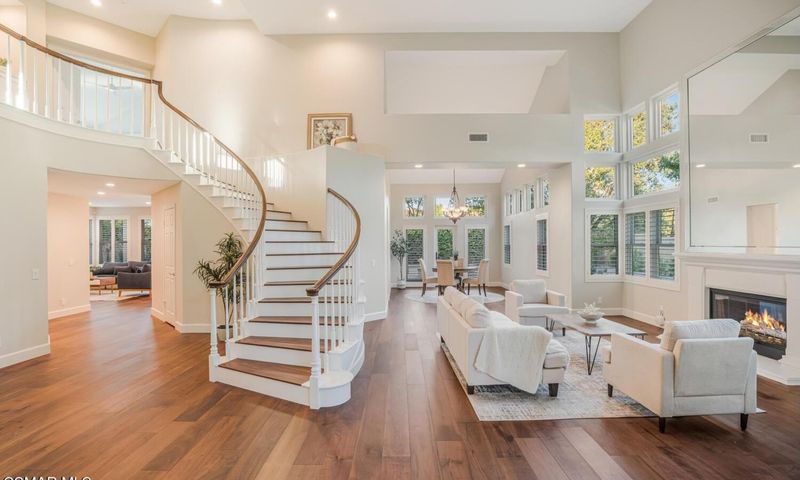
Worn carpets or damaged flooring can make even the nicest homes feel neglected! Replacing visibly worn flooring, especially in high-traffic areas, typically returns its full cost and then some.
Hardwood floors remain the gold standard for most buyers, but high-quality laminate or luxury vinyl can be smart alternatives in many markets.
Refinishing existing hardwood can save you thousands while still giving that “wow factor” when buyers walk through. It’s a cost-effective way to transform a room without the price tag of full replacement.
12. Removing Walls For Open Concepts Depends On The Market
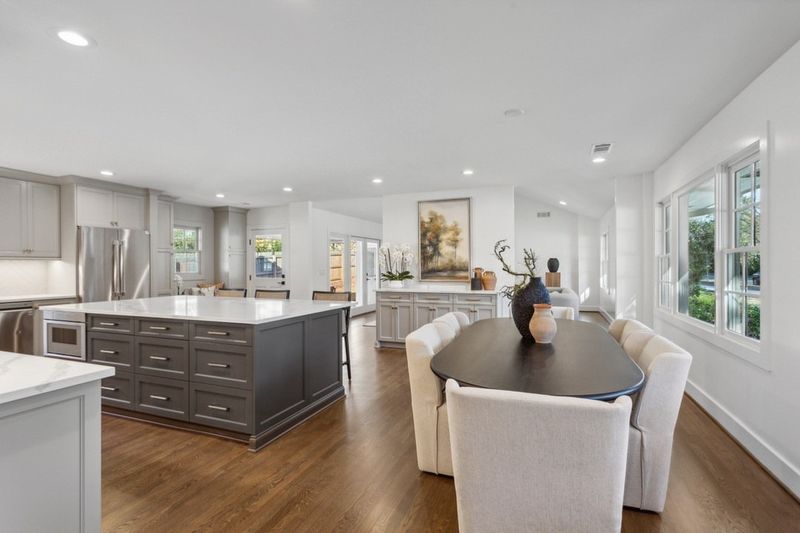
Open floor plans remain popular, but knocking down walls isn’t always worth it! The cost and complexity of removing load-bearing walls can be substantial, often requiring engineering plans and permits.
Consider your specific market before taking the plunge. In urban areas with younger buyers, open concepts might still command a premium.
In areas with older buyers or historical homes, traditional separate rooms might actually be preferred. Consult local agents about what’s selling in your specific neighborhood.
13. Adding A Bathroom Almost Always Pays Off
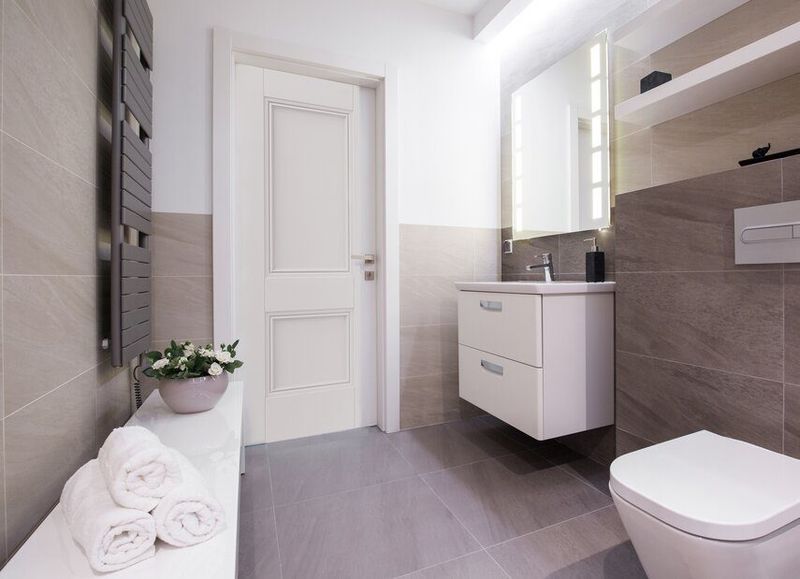
Homes with too few bathrooms can languish on the market! If your house has fewer bathrooms than comparable properties in your area, adding one can significantly increase your sale price.
Look for underutilized spaces like closets, areas under stairs, or portions of oversized rooms that could accommodate a half bath. Even adding a small powder room can make your home more appealing to families or those who entertain frequently.
From my experience, I can confidently say that the number of bathrooms can make or break a sale! Buyers are all about that bathroom-to-bedroom ratio.
14. Finishing The Basement Works In Some Regions
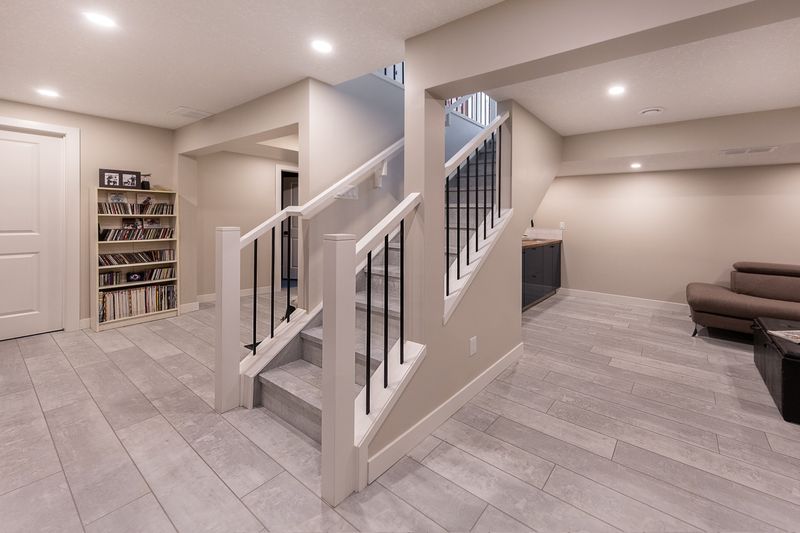
Thinking about finishing your basement? It can be a bit of a gamble! In colder areas, where basements are as common as snowstorms, a well-done lower level is a total game changer.
Turn it into a cozy family room or chic home office, and you’re likely to see your property value rise faster than you can say “man cave”!
But here’s the catch, waterproofing is key. A damp basement is a deal-breaker, not a dream maker. It’s like putting your dream house on a sinking ship.
Also, make sure all your renovations are properly permitted. Nothing says “buyer red flag” like a DIY basement that’s not up to code!
15. Smart Home Technology Appeals To Younger Buyers

Tech-savvy millennials and Gen Z buyers often get excited about smart home features. Relatively affordable upgrades like smart thermostats, doorbell cameras, or programmable lighting systems can make your listing stand out.
These improvements show that your home is modern and move-in ready. Just be sure to reset devices to factory settings before moving out and provide any necessary instructions or warranties to the new owners.
Smart home features have become a key selling point in listings.
16. Dated Decor Should Be Neutralized
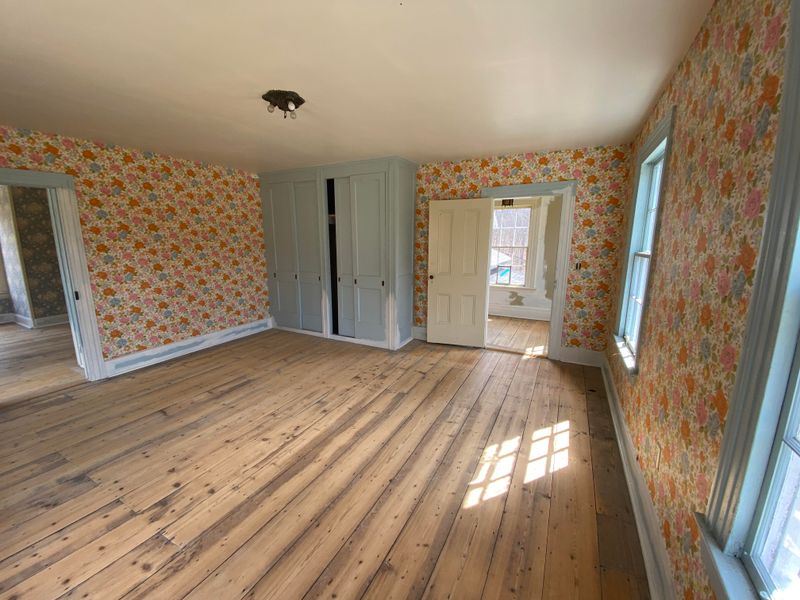
Whether you’re ready for it or not, I’ve got some tough love coming your way… that beloved wallpaper border from 1992? It’s not helping your case, it’s actively hurting it!
Highly personalized or outdated decorative elements can make it harder for buyers to envision themselves in the space. Consider removing wallpaper, replacing dated light fixtures, and updating cabinet hardware before listing.
These relatively inexpensive changes can dramatically update your home’s appearance. Helping buyers see potential rather than projects is key to getting top dollar.
17. Major HVAC Upgrades Are Rarely Worth It
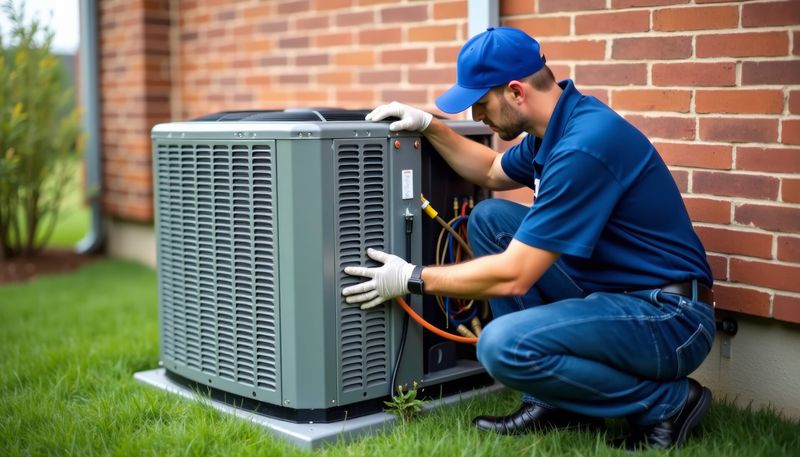
Replacing a functioning HVAC system just before selling usually doesn’t pay off. While a completely broken heating or cooling system needs addressing, upgrading a working system to a more efficient model typically won’t return its cost.
Instead, have your current system professionally serviced and cleaned. Provide maintenance records to potential buyers to demonstrate proper care.
A lot of real estate pros recommend offering a home warranty that covers HVAC systems instead of replacing the whole thing. It’s a budget-friendly option that provides buyers peace of mind at a fraction of the cost.
18. Window Replacements Make Sense In Older Homes
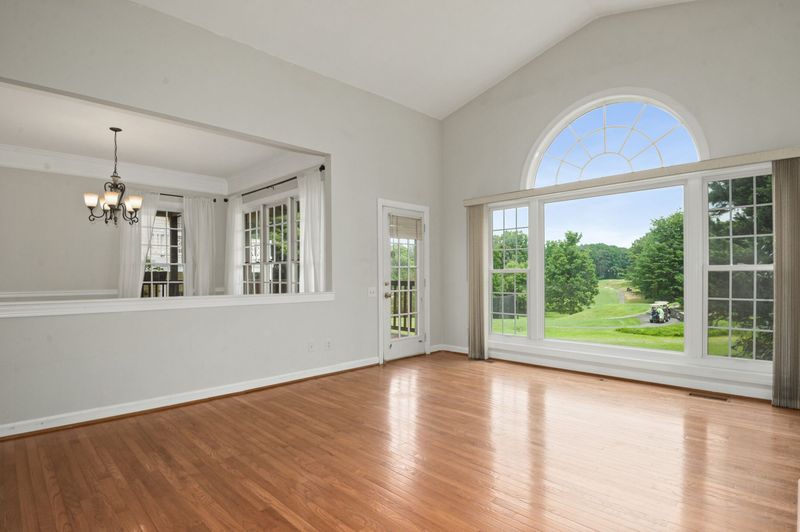
Drafty, single-pane windows in older homes can be major turnoffs for energy-conscious buyers. New windows not only improve appearance but also enhance energy efficiency and reduce outside noise.
While expensive, window replacements in older homes typically recoup 70-80% of their cost. They’re especially valuable in cold-weather regions or in homes where window issues might flag during inspections.
New windows are one of the few upgrades that improve both aesthetics and practical function. They can boost curb appeal and energy efficiency, making your home more appealing to buyers.

